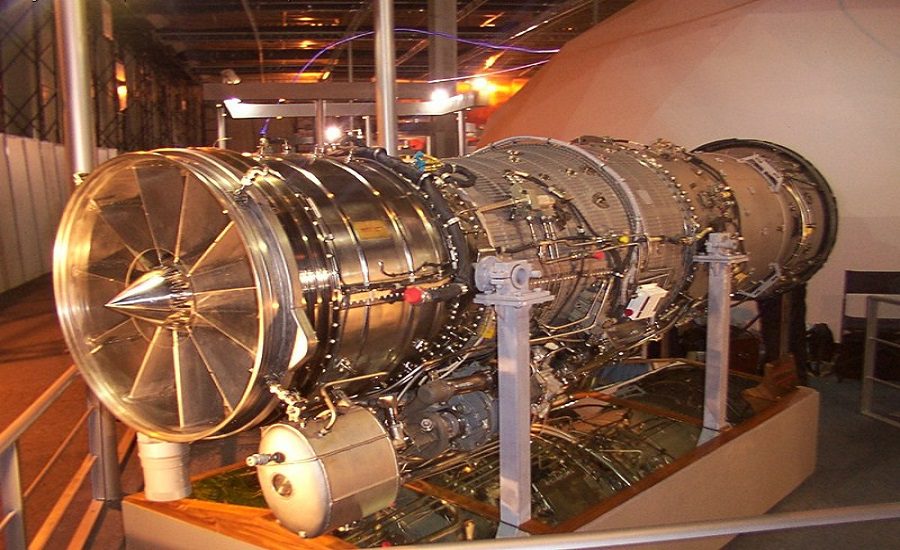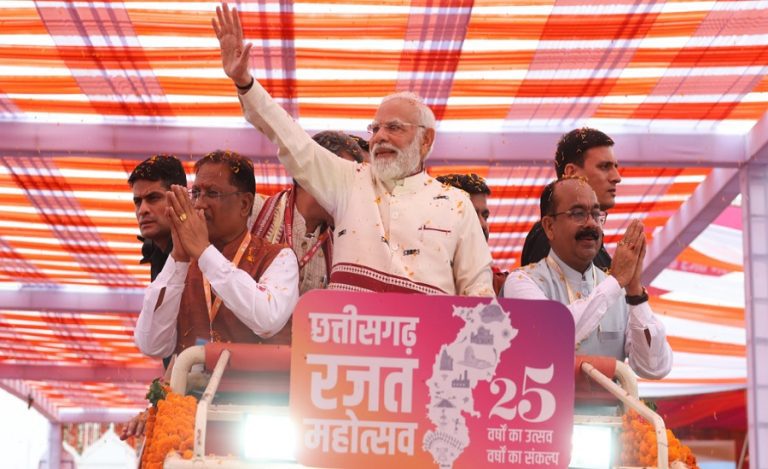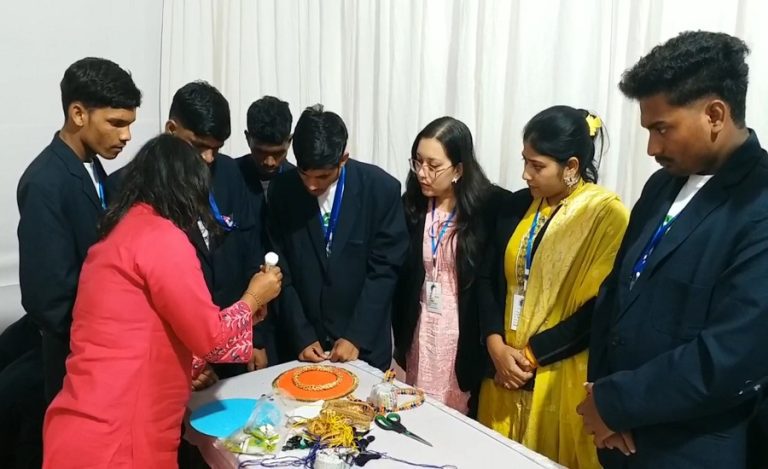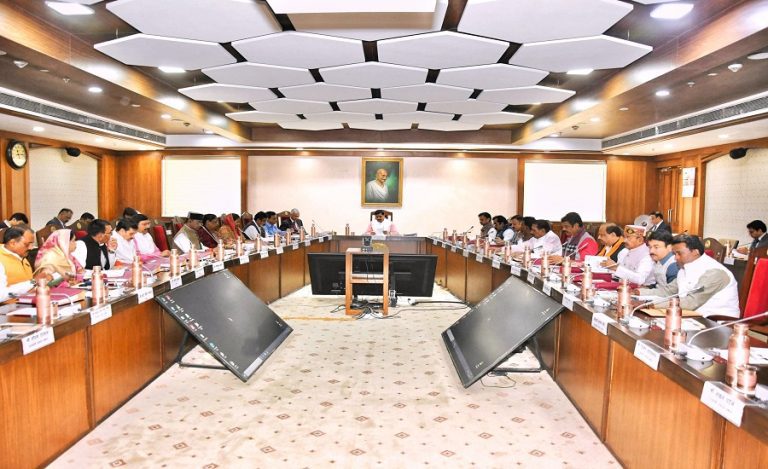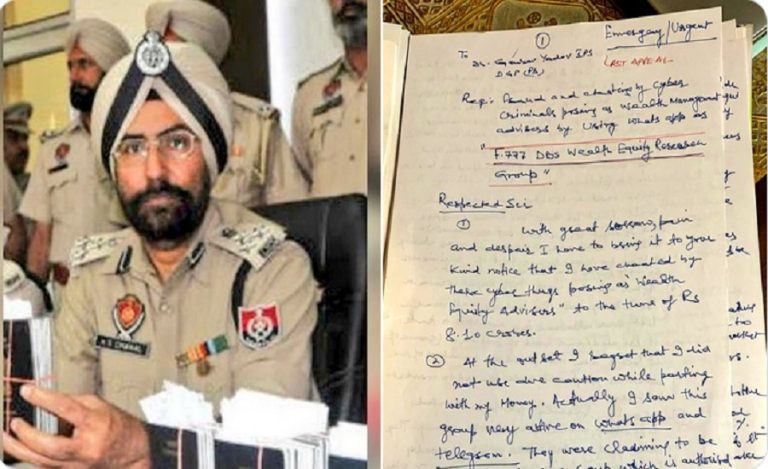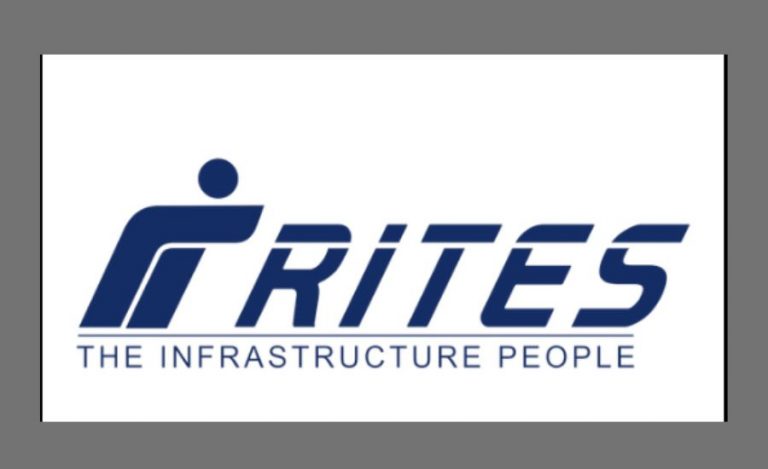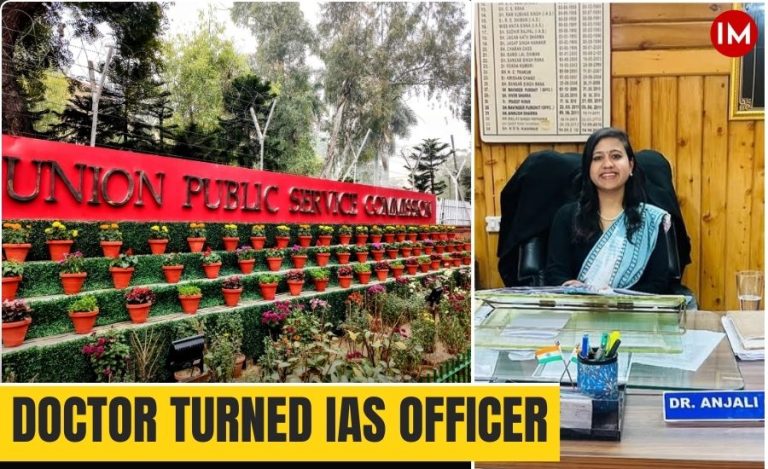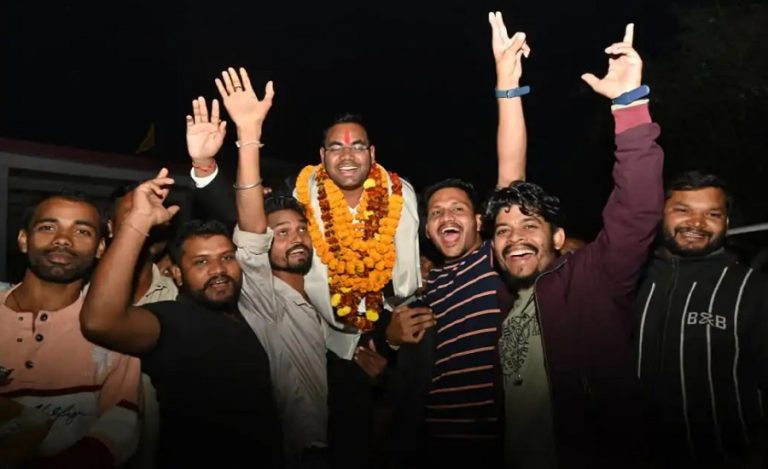The Defence Research and Development Organisation (DRDO) has commenced critical flight testing of the indigenous Kaveri jet engine in Russia. The testing is an essential phase to assess the engine’s performance under real-world conditions and bring India closer to self-reliance in jet engine technology.
According to officials, approximately 25 hours of flight testing remain. These will be conducted once the necessary time slots are allocated. The DRDO plans to integrate the engine into a Light Combat Aircraft (LCA) platform to demonstrate its operational capabilities.
History and Development Challenges
Originally, the Kaveri engine was slated to power India’s Tejas fighter aircraft. However, delays in the engine development program led to the incorporation of the American GE-404 engine in Tejas. Despite setbacks, DRDO and its associate body, Gas Turbine Research Establishment (GTRE), have continued refining the Kaveri engine for broader applications.
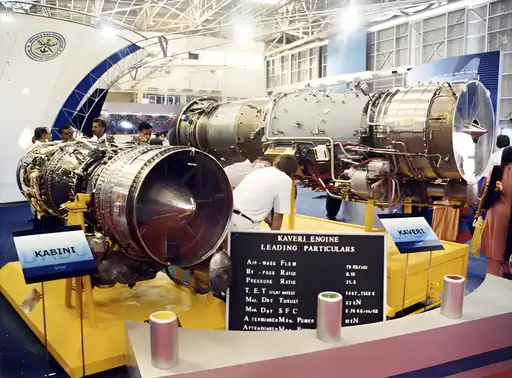
Upgrading for Future Combat Platforms
The Kaveri engine, a low bypass, twin-spool turbofan engine with a thrust rating of 80 kilo Newtons (kN), is now being redesigned to power India’s long-range lethal unmanned aerial vehicles (UAVs), including stealth drones. It features a twin-lane Full Authority Digital Engine Control (FADEC) system for precise control and flat-rating technology to minimize thrust loss at high speeds and temperatures.
GTRE is also seeking funds to develop the next-generation Kaveri 2.0, a more powerful version capable of 90 kN thrust. This variant is expected to be installed in Tejas Mark 1A aircraft post-2035, replacing the GE-404 engine.
Focus on AMCA and Future Indigenous Jets
DRDO is collaborating with global firms to develop advanced engines for upcoming platforms like the Mark 2 version of the Advanced Medium Combat Aircraft (AMCA) — India’s fifth-generation fighter project. This is part of a broader push to indigenize fighter aircraft production, which includes the LCA Mark 1A, LCA Mark 2, and the AMCA.
The Global Jet Engine Club: A Challenge of Complexity
India’s ambition to join the elite club of jet engine manufacturers is significant. Currently, only four countries — the United States, the United Kingdom, France, and Russia – possess full-scale indigenous capabilities to design and manufacture fighter jet engines. While China has made attempts through reverse engineering, it still imports high-performance engines from Russia for its combat aircraft.
Jet engine manufacturing is among the most complex technological challenges in aerospace engineering. For context, a Boeing 747 engine consists of over 40,000 parts and can reach temperatures of 1,400°C – close to the melting point of iron (1,538°C). Maintaining operational integrity under such extreme conditions requires precision engineering and advanced materials technology.

The Road Ahead for Kaveri
The successful flight testing and future integration of the Kaveri and Kaveri 2.0 engines into India’s combat aircraft mark a pivotal step in the country’s defense manufacturing roadmap. If successful, it would reduce dependency on foreign suppliers and establish India as a serious player in military aviation technology.

